Mayonnaise is one of the most popular sauces in the world. People love it for its unique taste and versatility. Due to the growing popularity of a healthy lifestyle, many of our compatriots have long reduced their mayonnaise consumption, and some have even completely given it up, considering the sauce harmful. But with the approach of the New Year holidays, even the most dedicated health enthusiast may not resist the traditional salads, which some of it contain mayonnaise.
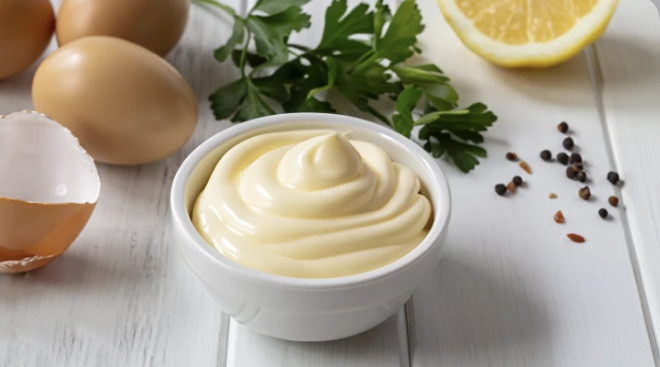
We are all accustomed to the huge variety of brands of this product. It's amazing that this sauce, with almost the same composition, can vary greatly in taste and consistency depending on the manufacturer. So, how is mayonnaise in Bali? I decided to test the most popular brands of everyone's favorite "sauce.”
The control purchase includes sauces from the brands Remia, MamaSuka, Prochiz, Maestro, Ajinomoto, Kewpie, and homemade mayonnaise that I made myself.
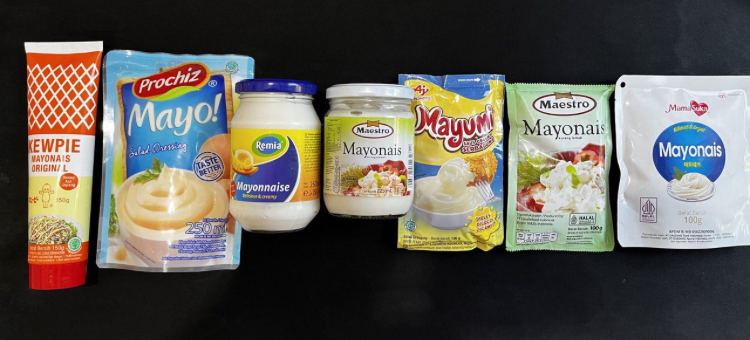
Remia
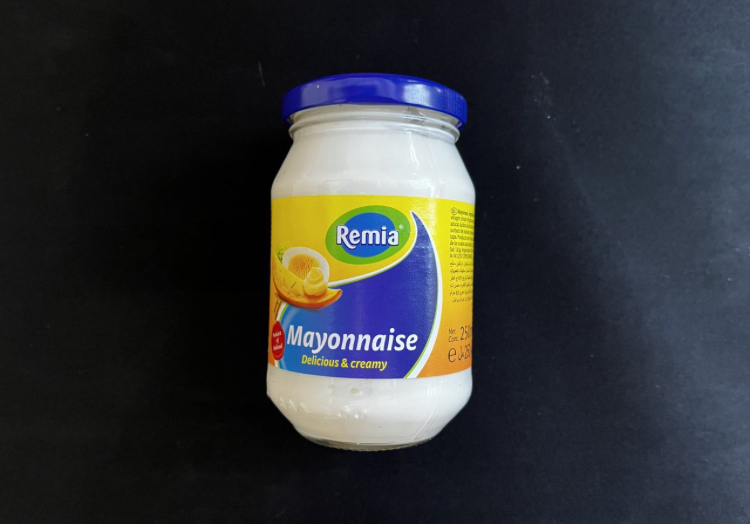
Remia mayonnaise from the Dutch company comes in a classic 250 ml glass jar. It's a very thick sauce, white in color, with a bright acidity and a distinct egg flavor. Salt and bitterness don't take the forefront, which, in my opinion, is crucial. The standard composition includes vegetable oil, water, salt, sugar, mustard, chicken egg (actual egg, not powder). The fat content is classic - 65%. The manufacturer didn't do without preservatives, thickeners, and starch. The price for a jar at "Pepito" is 44,500 IDR. There are volumes of 300 ml and 1 liter.
MamaSuka
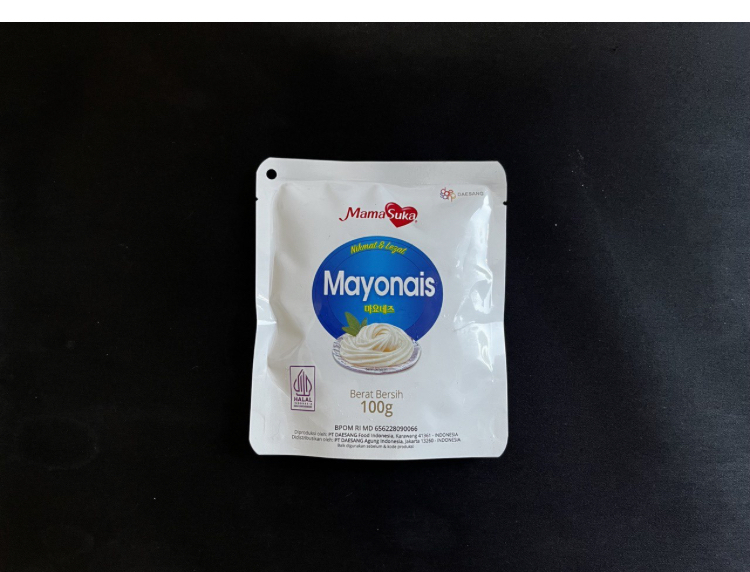
MamaSuka, a very popular Indonesian brand that produces not only mayonnaise but also a bunch of other products, from sauces to sweets. It was challenging to find a small volume, as most stores only have liter packages. This sample was purchased at "Lotte Mart" for 7200 rupiahs. The composition is almost identical to Remia, except for the presence of monosodium glutamate, and the fat content of MamaSuka mayonnaise is 67%. The sauce is also thick but not as much as the previous sample. It's white with a very pronounced vinegar taste, which will undoubtedly overshadow the "essence" of the dish.
Maestro
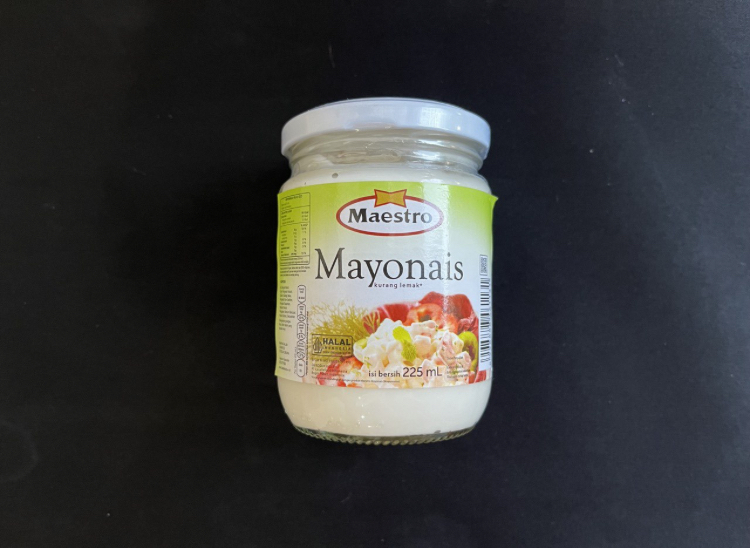
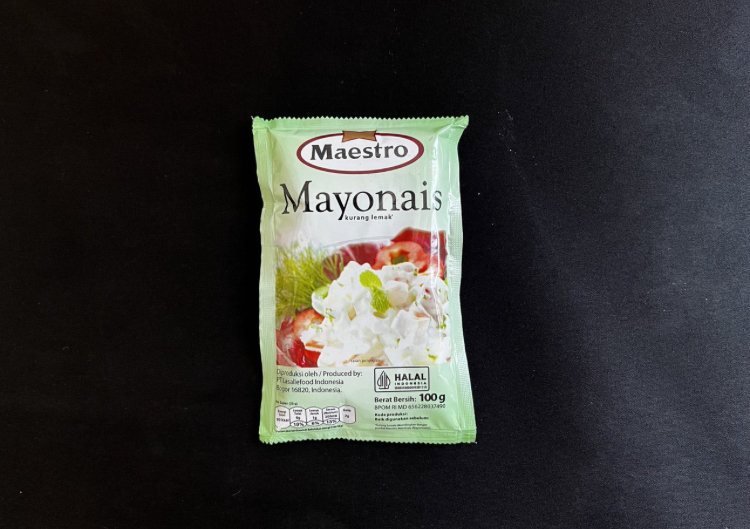
I decided to test the local Indonesian brand Maestro in two different packages because it seemed to me that the sauces differed in thickness. The composition on the jar and sachet is the same, and it does not differ from the previous mayonnaise. Both samples were purchased at the Ithon supermarket. The price is 5800 and 17,800 rupiahs for the sachet and jar, respectively. In taste, both variants are absolutely identical. There is a slight acidity that does not come forward, as in the previous variant; a predominant sweet taste and a noticeable oil flavor. The sauce is thick, slightly yellowish. But it still seemed to me that the mayonnaise in the jar is thicker than in the sachet. In my opinion, this option is superior to MamaSuka.
Prochiz
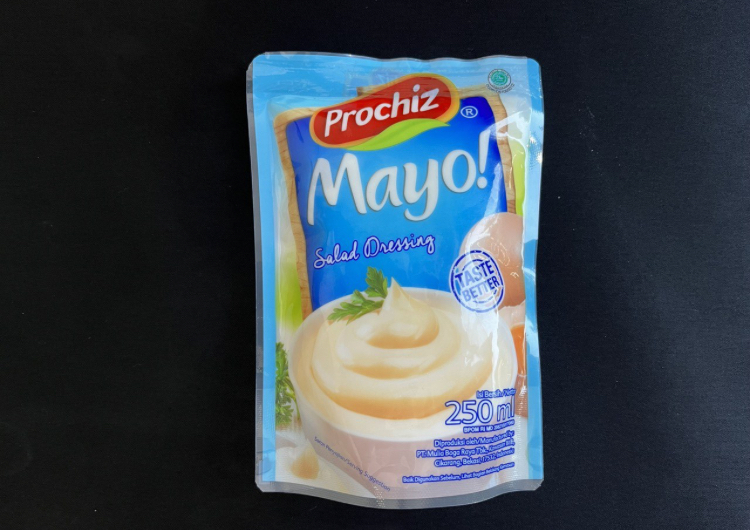
Another Indonesian brand that mainly deals with cheese production. Salad dressings are also represented by this manufacturer. I only found sachets with volumes of 250, 500, and 1000 ml. Perhaps there are others. The composition is similar to previous samples, except that mustard and eggs were used in powder form. Overall, very strange information on the packaging: I did not find the percentage of fat, practically nothing is written about the manufacturer, there is only a website and a strange QR code that leads nowhere. It's scary to try, but all for you)) So, I am alive and will continue. The sauce is sterile white, sour, very similar to MamaSuka in both taste and thickness. The price at Ithon is 15,500 for a 250 ml pack.
Ajinomoto
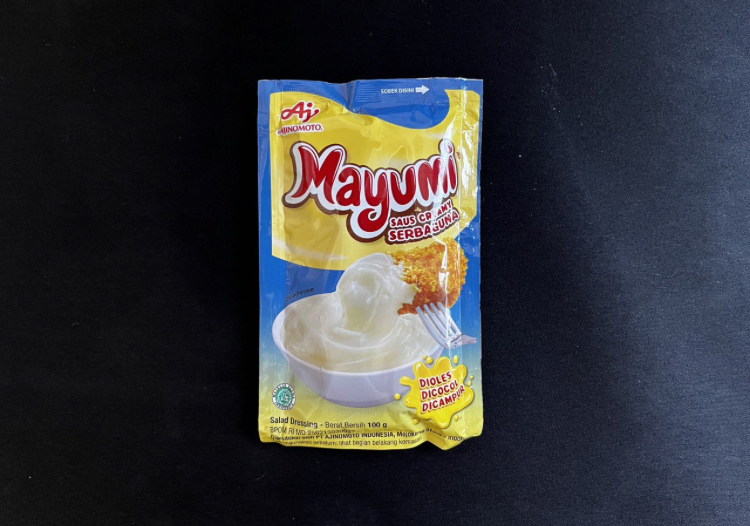
The next sample is mayonnaise from the well-known Japanese company Ajinomoto with the name "Mayumi". The composition differs from previous ones in the presence of milk cream, and instead of mustard, a mustard flavoring is used. Also purchased at Ithon, the price is 7800 IDR for 100 g. The sauce is slightly yellowish, of a classic color, quite thick with a strong sour-sweet aftertaste. Very similar to Maestro.
Kewpie
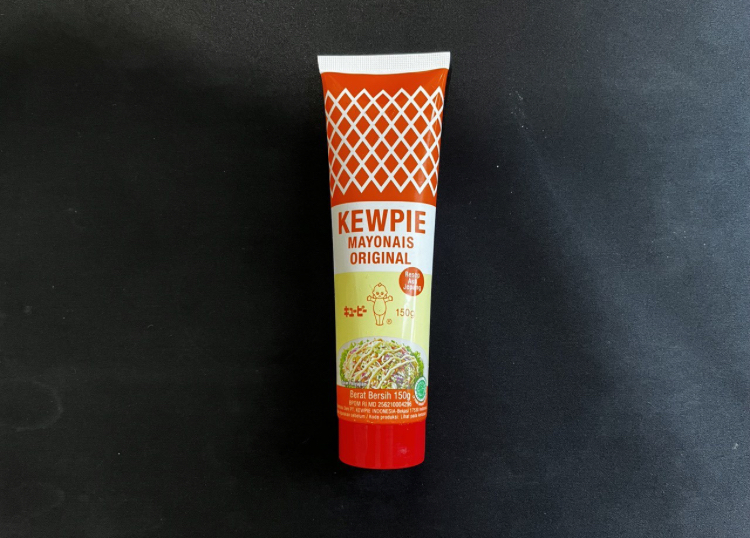
Mayonnaise from the company Kewpie. The company specializes in this product, although it also presents other goods. The brand is also Japanese, but this sample is made in Indonesia. The sauce is presented in a 150 ml tube, and the price at Ithon is 33,500 local money. The composition is similar to previous options, and the fat content of the product is 70%. I liked the mayonnaise; it is yellower than previous samples, thick, similar to classic Provencal, but more fatty and sour. If not for the distinct sour taste, this would be the favorite.
Ottogi
There is another option for mayonnaise, and I am sure it would surpass all the ones listed above, leaving no chance of winning. This is a long-known and beloved Korean sauce. It was encountered at "Lotte Mart," "Saiwoke," and "Papaya." Unfortunately, at the time of writing the article, mayonnaise was not available in any of these stores. But it can be ordered on Tokopedia, although the price is a bit confusing - only 45,000 for 300 ml. In Bali, it looks like this:
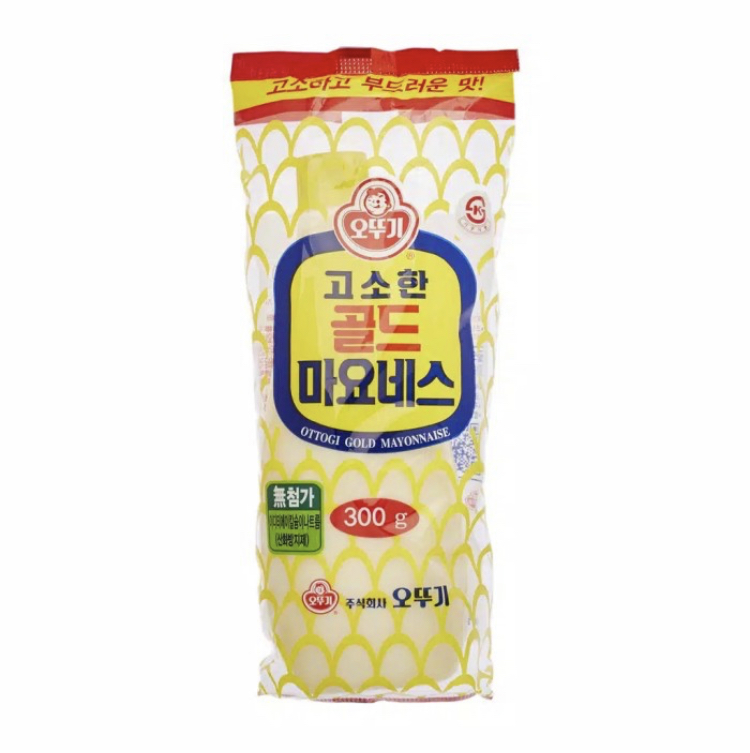
Another participant in the competition is homemade mayonnaise. I always make it myself because it's very quick, easy, and I know what I'm making it from.
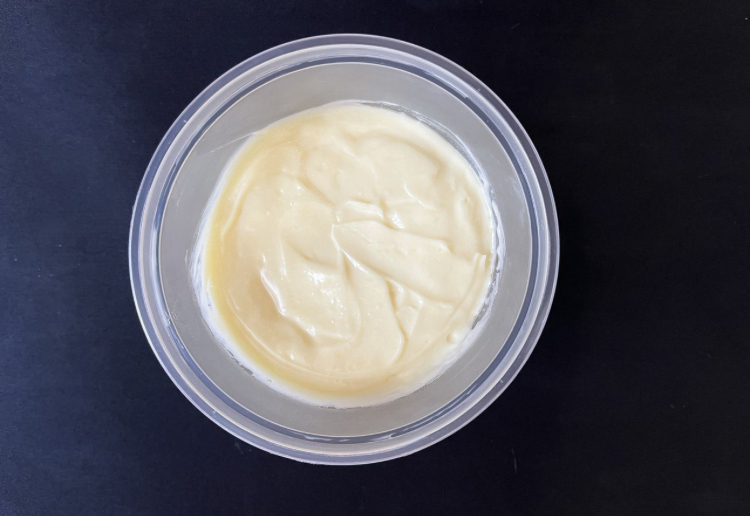
If you don't praise yourself, no one will! Of course, this mayonnaise defeated everyone (except for the Korean "Ottogi," but it didn't participate in the experiment). Thick, classically yellowish, very fragrant, just right: a bit of acidity, bitterness, and salt with sugar – it's just fantastic! Let me tell you how I made it; maybe someone else will also want to make their own sauce.
For 250 ml of vegetable oil (soy, olive, or sunflower), 1 teaspoon of salt, 1-2 teaspoons of sugar, 1 teaspoon of mustard, 1 chicken egg (washed with soap and soda) or 6 quail eggs, 2-3 teaspoons of lemon juice, or 1 teaspoon of 9% vinegar. It is important that the egg and oil are at the same temperature. In a container (I use a disposable plastic container of 500 ml), I beat the egg, add all the other ingredients, lower the immersion blender to the bottom of the container so that the yolk is under the blender, and turn on the maximum speed. At the same time, I hold the blender still until clots resembling mayonnaise appear. Then I gradually raise the blender and slowly whip all the remaining oil. The whole process, including preparation, takes no more than 5 minutes. The result is an excellent sauce. Conveniently, you can adjust the composition according to your taste preferences. You can add your favorite herbs, garlic, spices, and get something very tasty. I tried making mayonnaise from local palm oil; the sauce turned out to be overly thick and very oily, so I buy soy or sunflower oil as light as possible. Olive oil mayonnaise, in my opinion, has a pronounced bitterness, but fans of this oil will probably like it.
If considering only store-bought samples, I declare Remia mayonnaise the winner, awarding second place to Kewpie sauce, and the bronze goes to Maestro.
You can add one right now!